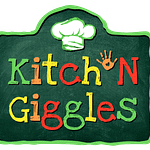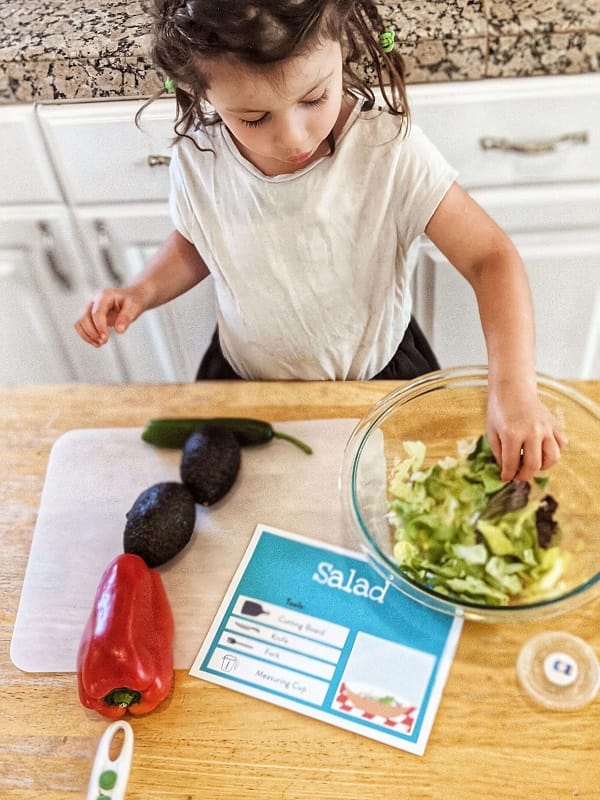It’s no secret that cooking is a lot of work. One way to save time and energy is by having good knife skills. Knowing how to properly use a knife makes chopping faster, safer and faster. Did I mention how much time it will safe you? Here are the basic things you need to know about using a knife.
The correct way to hold it.
Yes, it’s important to know how to hold a knife if you want to be a ninja master at chopping. It’s also important if you don’t want to hurt yourself. Holding your knife improperly can lead to various injuries. From cutting yourself to breaking a finger, it’s important to know how to hold your knife. If it feels like an extension of your hand, then you’re doing well. And yes, it takes a while. You’ll also get some awesome knife callousous so everyone knows that you’re not messing around.
When it’s time to sharpen it.
So apparently there are magical knives that never ever need to be sharpened. But I imagine those belong to people who never ever use them. When you use your knife, it gets less sharp. The duller your knife is, the harder cutting is. That means that it takes longer. Trust me. Pastry chefs are notorious for many things, and having the dullest knives in the kitchen is one of them. (Guilty!) So keep your knife sharp in order to speed up your cutting process.
The other reason you want a sharp knife is that they’re actually safer. If you accidentally nick yourself with a dull knife, it’s raggedy edge cause more damage than a well sharpened blade. Does your knife easily slice through a tomato? (Yes, that a good test.) If you can cut a tomato without much struggle, then your knife is good. When your blade is met with resistance from the tomato skin, it’s time to sharpen it.
How to choose the best tool for the job
Most kitchen tasks need a chef’s knife. Those are great for chopping, slicing. They’re not good for sawing through soft things. That’s why slicing a bagel or a loaf of bread requires a bread knife. Those are the ones that have a serrated edge to help you cut. You use more a sawing motion when using a serrated knife.
If you have a small task, like hulling a strawberry, or supreming an orange, you want a paring knife.
There are also cheese knives, tomato knives, shrimp veining knives. Unless you do this frequently, there’s no reason your regular chef/bread/paring knife can’t do the trick. The more knives a person own, the less they actually cook. That’s a real true statistic,
So get your cutting board out and your knives sharpened! Now is the perfect time to check out some of our knife skill tutorials.

